Great Lakes Project Resources:

The Great Lakes Region, the largest group of freshwater lakes on Earth, holds 95% of the United States’ surface fresh water. This region has more than 4,650 miles of shoreline and 30,000 islands. More than 30 million people live in the area.
The Great Lakes Basin provides drinking water, transportation, power, recreational activities, and over 1.5 million jobs. This precious resource has severely degraded over the years and is in need of immediate on-the-ground action.
The Great Lakes Restoration Initiative has several priorities to improve habitat and water quality:
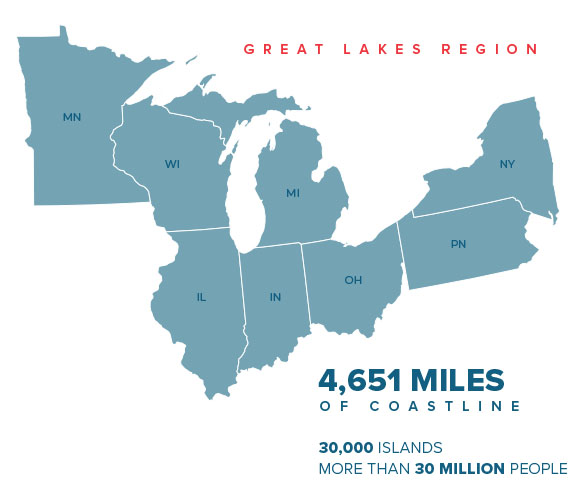
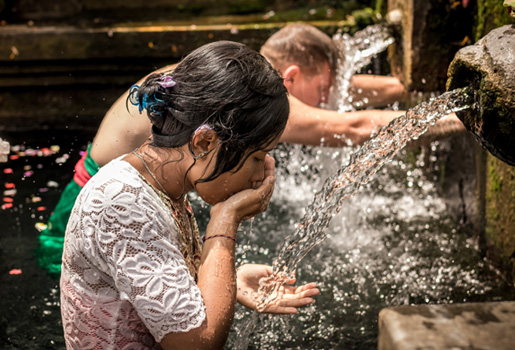
Long-term goals for the Great Lakes region:
The Great Lakes Restoration Initiative is working to protect and restore the Great Lakes.


Areas of Concern
Although significant process has been made in reducing sources of pollution over the last 30 years, several toxic substances are still above levels that are safe for humans and wildlife. High
levels of polychlorinated biphenyls (PCBs) have led to fish consumption advisories in all five Great Lakes.
Pollutants largely left over from past practices, referred to as “legacy contamination,” continue to circulate through the ecosystem. They have also led fish consumption advisories in the Great
Lakes. And newer chemicals, such as pharmaceuticals and flame retardants, are now being detected in Great Lakes waters and require immediate attention.
Some of the efforts underway include:
Invasive Species
The Great Lakes ecosystem has been severely damaged by more than 180 invasive and non-native species. Species such as the zebra mussel, quagga mussel, round goby, sea lamprey, alewife, and purple loosestrife reproduce and spread.
These invasive, non-native species degrade habitat, out-compete native species, and short-circuit food webs. Invasive species can also threaten human health, and have a severe negative impact on fisheries, agriculture, and tourism.
Some of the efforts underway include:
Excessive nutrient loading, agricultural and stormwater runoff, industrial pollution, and wildlife waste can all degrade water quality of the nearshore coastline. Harmful algal blooms are a concern in the Great Lakes region and are a result of excessive nutrient loading from runoff.
Excess nutrients, bacteria, and other pathogens from runoff can pose a serious threat to public health and threaten the integrity of the Great Lakes ecosystem.
Some of the efforts underway include:
The health of the Great Lakes depends on the health of the entire ecosystem: lakes, nearshore coastline, wetlands, rivers, watersheds, and the wildlife and plants of the basin.
The primary effort underway is Coastal Land Conservation. Although the Great Lakes face many challenges, the region is fortunate of have thousands of acres of exceptional coastal and wetlands habitat. Purchase or conservation easements will protect these lands for future generations.


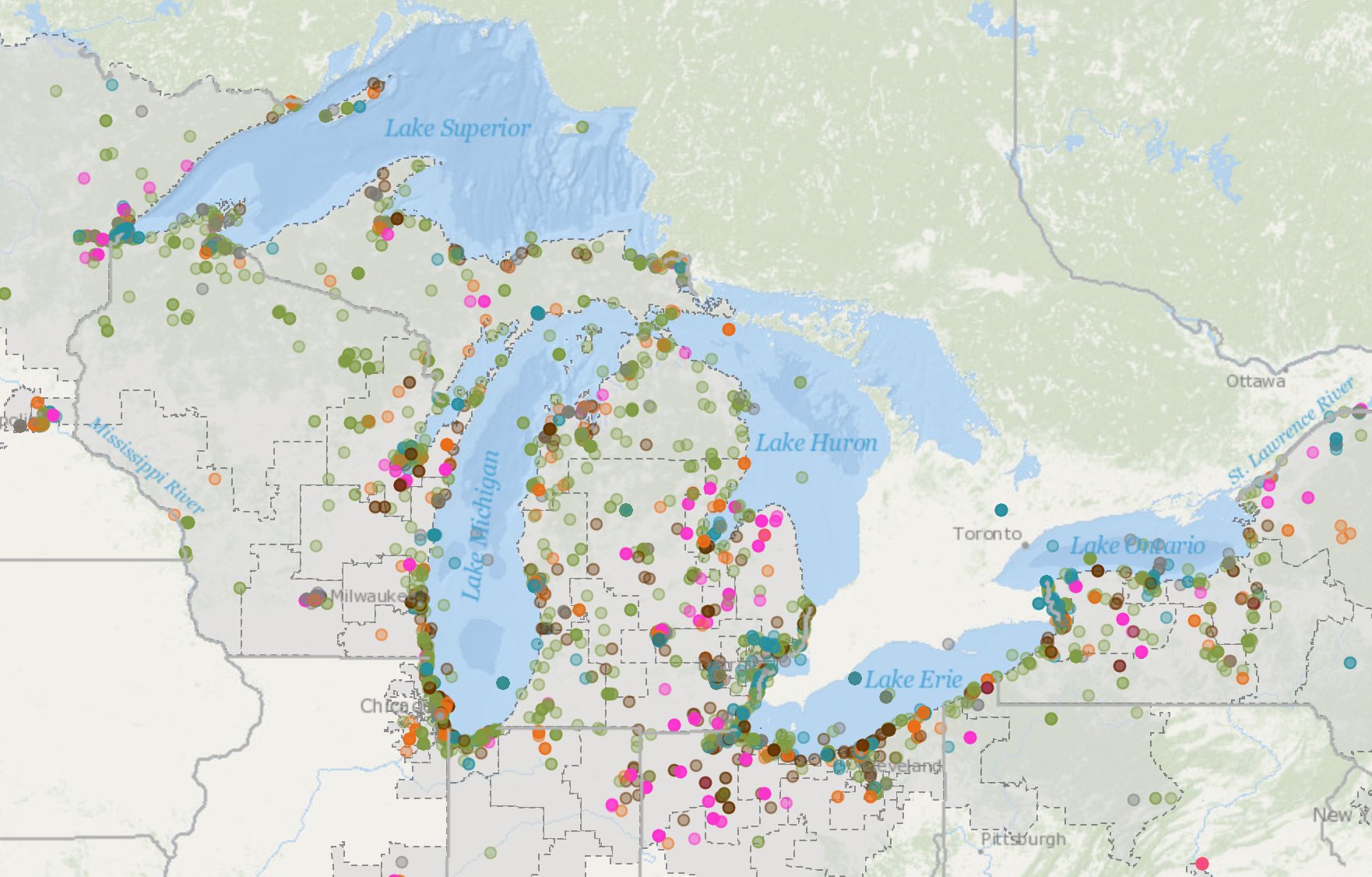
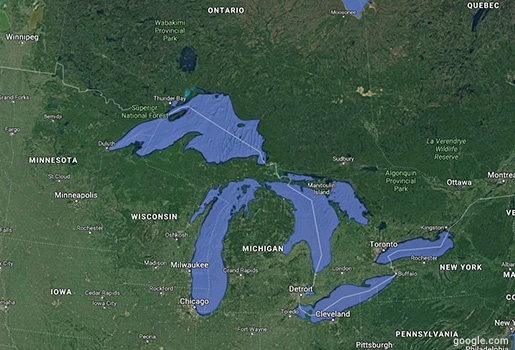
We need your help to improve the Toolkit by completing our easy, 3-minute survey. Your insight is valuable to us.